Regulatory Compliance
Regulatory compliance is a significant driver for the Hand Geometry Biometric Market, as organizations are increasingly required to adhere to stringent security regulations. Governments and regulatory bodies are implementing policies that mandate the use of biometric identification systems to enhance security and protect sensitive data. This trend is particularly evident in sectors such as banking, healthcare, and government, where compliance with data protection laws is critical. The adoption of hand geometry systems not only helps organizations meet these regulatory requirements but also instills confidence among customers regarding data security. As compliance becomes more stringent, the Hand Geometry Biometric Market is likely to see increased adoption of biometric solutions, as businesses seek to align with legal standards while enhancing their security measures.
Technological Advancements
Technological advancements play a crucial role in the Hand Geometry Biometric Market, as innovations in sensor technology and data processing capabilities enhance the functionality of hand geometry systems. Recent developments have led to more compact and efficient devices that can capture and analyze hand dimensions with greater precision. This evolution not only improves the accuracy of biometric identification but also reduces the time required for user authentication. The integration of artificial intelligence and machine learning algorithms further optimizes the performance of hand geometry systems, making them more adaptable to various applications. As technology continues to advance, the Hand Geometry Biometric Market is poised for growth, with new applications emerging in sectors such as healthcare, finance, and access control.
Increasing Security Concerns
The Hand Geometry Biometric Market is experiencing a surge in demand due to escalating security concerns across various sectors. Organizations are increasingly adopting biometric solutions to enhance security protocols, particularly in high-risk environments such as airports, financial institutions, and government facilities. The need for reliable identification methods is paramount, as traditional security measures often fall short. According to recent data, the biometric market is projected to grow significantly, with hand geometry systems being favored for their accuracy and ease of use. This trend indicates a shift towards more sophisticated security measures, as businesses and institutions seek to protect sensitive information and assets. As security threats evolve, the Hand Geometry Biometric Market is likely to expand, driven by the necessity for advanced identification technologies.
Growing Adoption in Healthcare
The Hand Geometry Biometric Market is witnessing a growing adoption of biometric systems in the healthcare sector, driven by the need for secure patient identification and data management. Healthcare organizations are increasingly implementing hand geometry systems to streamline patient registration processes and ensure accurate identification, thereby reducing the risk of medical errors. The ability to quickly and accurately verify patient identities is essential in providing quality care and maintaining patient safety. Furthermore, the integration of biometric systems in healthcare facilitates compliance with regulations regarding patient data protection. As the healthcare industry continues to evolve, the Hand Geometry Biometric Market is expected to expand, with more healthcare providers recognizing the benefits of biometric identification in enhancing operational efficiency and security.
Rising Demand for Contactless Solutions
The Hand Geometry Biometric Market is experiencing a rising demand for contactless biometric solutions, as users increasingly prefer systems that minimize physical contact. This trend is particularly relevant in environments where hygiene and safety are paramount, such as hospitals, airports, and public transportation. Hand geometry systems, which can be designed to operate without direct contact, offer a viable solution for organizations seeking to enhance user experience while maintaining security. The convenience and speed of contactless identification are appealing to both users and organizations, leading to a potential increase in market adoption. As the demand for contactless solutions continues to grow, the Hand Geometry Biometric Market is likely to see innovations aimed at improving the efficiency and effectiveness of biometric systems.


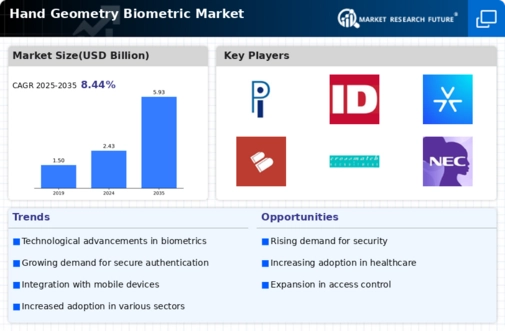
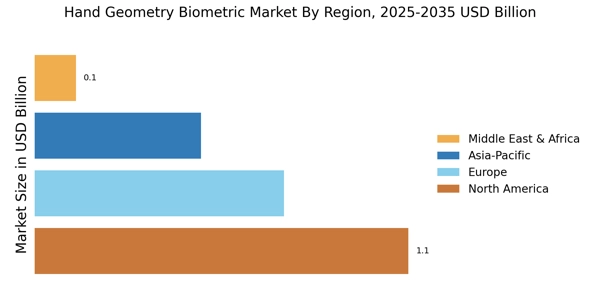


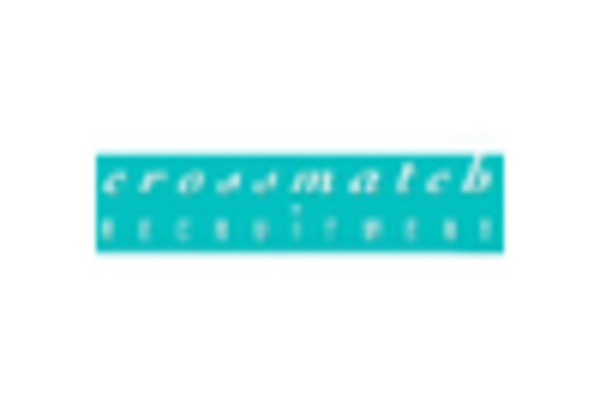
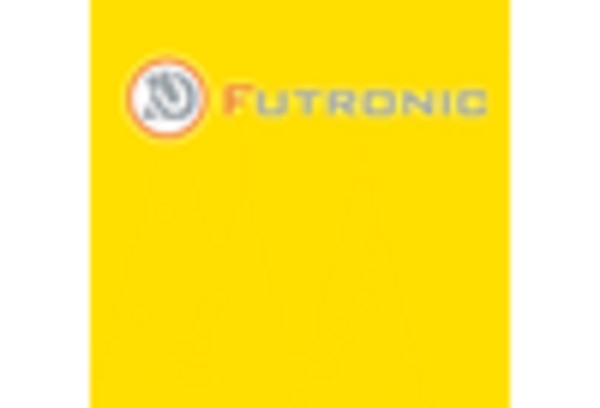

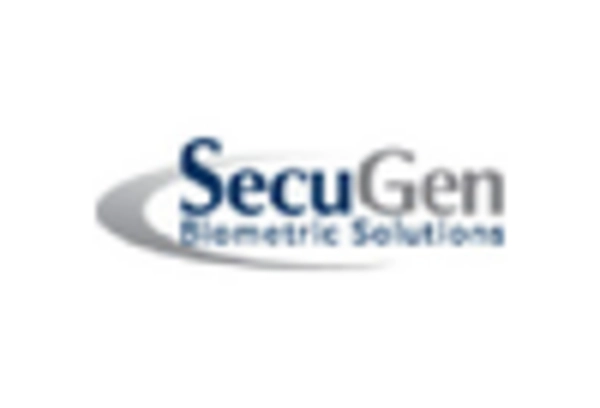








Leave a Comment